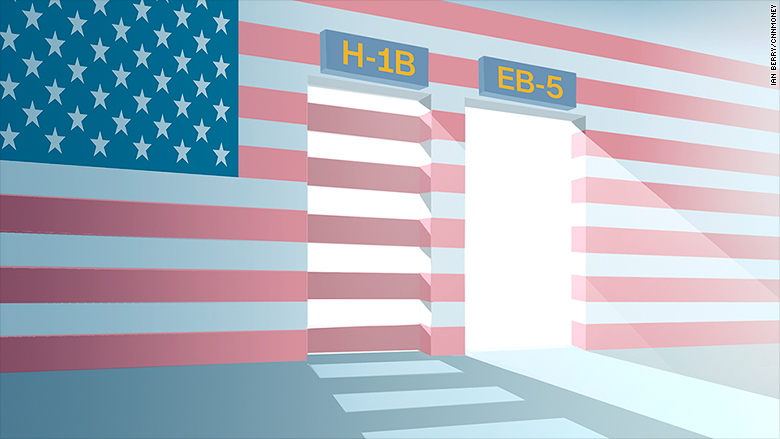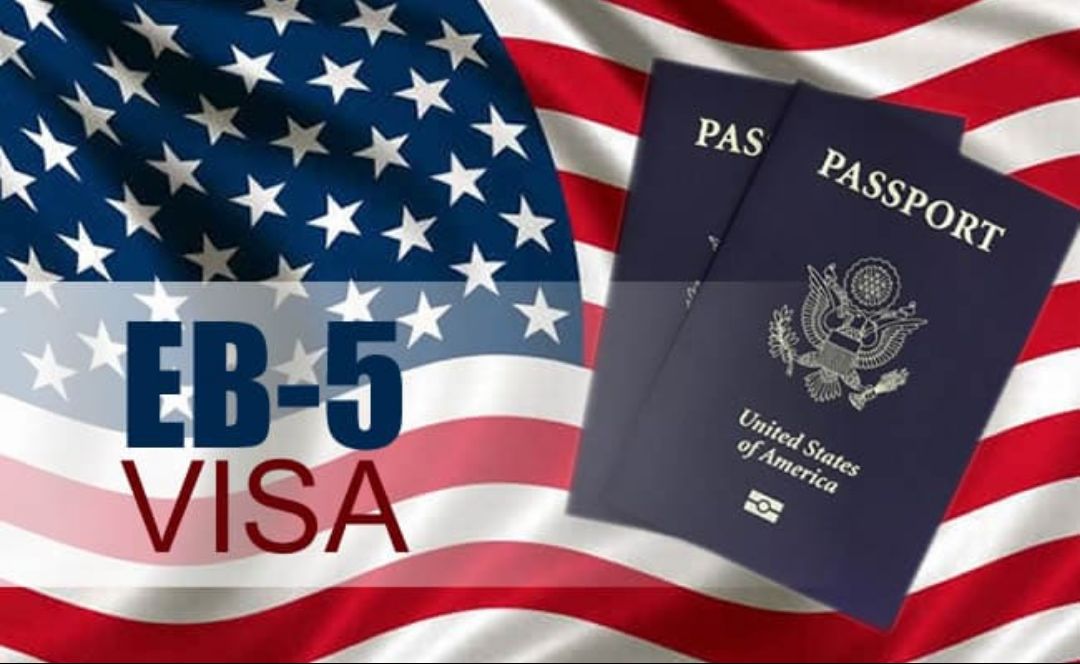Empowering Investors: How EB-5 Program Provides Alternative Path to Bypass H-1B Visa Lottery System

Empowering Investors: How EB-5 Program Provides Alternative Path to Bypass H-1B Visa Lottery System
The EB-5 visa program has gained significant attention from Indian IT professionals seeking stability and better opportunities in the United States amid the challenges of obtaining and retaining H-1B visas. The increasing difficulty in obtaining H-1B visas has led to a rise in the number of tech workers being laid off, with the count exceeding 180,000 since November 2022, as reported by the Layoffs website.
The EB-5 visa program offers an alternative pathway for Indian IT professionals to achieve their career and personal goals in the United States. Unlike the H-1B visa, which is subject to various restrictions and uncertainties, the EB-5 visa provides stability and choice to its applicants. Through this program, eligible foreign investors, including Indian IT professionals, can obtain lawful permanent residency in the United States, commonly known as a green card.
The EB-5 visa program requires the foreign investor to invest a specific amount of capital, typically $1.8 million (or $900,000 if the investment is made in a targeted employment area), into a qualifying new commercial enterprise that creates or preserves at least ten full-time jobs for qualifying U.S. workers. The applicant can make this investment directly or through a regional centre, a designated organization that sponsors EB-5 projects.

The EB-5 visa program was established as part of the Immigration Act of 1990 to promote foreign investment in the United States and create jobs for U.S. workers. It offers a pathway for eligible immigrant investors and their immediate family members to obtain lawful permanent residency, commonly known as a green card.
To be eligible for the EB-5 visa, an immigrant investor must make a qualifying investment in a new commercial enterprise. The required investment amount is generally $1.8 million. Still, if the investment is made in a targeted employment area (TEA), either a rural area or an area with high unemployment, the minimum investment amount is reduced to $900,000.
The investment must also result in creating or preserving at least ten full-time jobs for qualifying U.S. workers within two years of the investor’s admission to the United States as a conditional permanent resident. These jobs can be direct jobs created by the enterprise or indirect ones created due to the investment.
EB-5 visa Vs H-1B visa
The stability offered by the EB-5 visa is a significant advantage for Indian IT professionals seeking to secure their future in the United States. Unlike the H-1B visa, which is subject to various limitations and uncertainties, the EB-5 visa provides a more permanent and flexible immigration option.
One of the key benefits of the EB-5 visa is that it is not tied to a specific employer or job position. EB-5 visa holders are not dependent on their employer’s sponsorship to maintain their immigration status. They can work for any employer or even start their businesses without restrictions.

Additionally, the EB-5 visa allows the investor and their immediate family members (spouse and unmarried children under 21) to obtain green cards, granting them lawful permanent residency in the U.S. As permanent residents, they enjoy the same rights and benefits as U.S. citizens, except for the right to vote.
The pathway to U.S. citizenship is a major advantage of the EB-5 visa program for Indian IT professionals. After maintaining lawful permanent residency status for five years, they become eligible to apply for U.S. citizenship through naturalization. Obtaining U.S. citizenship grants them full rights and privileges, allowing them to live and work in the country indefinitely without any immigration restrictions.
Moreover, the EB-5 visa program provides Indian IT professionals various choices and opportunities. As lawful permanent residents, they can switch jobs, start their businesses, or even retire without jeopardizing their immigration status. This freedom allows them to pursue their professional and personal aspirations without being tied to a specific employer or location.
Green Card Backlog
The EB-5 visa program offers a faster and more efficient route to obtaining a green card and achieving permanent resident status. With the recent modifications by the U.S. Citizenship and Immigration Services (USCIS) allowing the submission of the I-485 status adjustment form, applicants can now benefit from a more streamlined process.
Under the new changes, EB-5 investors can submit the I-485 form while their I-526 immigrant visa petitions are pending. This grants them the legal right to remain in the U.S. during adjudication, avoiding the need for other temporary visas while waiting for their green cards.

Moreover, these changes provide new EB-5 investors with priority processing, resulting in faster approvals. In some cases, applicants may receive their approvals within as little as 120 days, significantly reducing the waiting time compared to other visa categories.
Securing Future Generations
The EB-5 visa program provides a promising pathway for Indian IT professionals to secure a bright future for their children in the United States. Once the primary applicant and their immediate family obtain green cards through the EB-5 visa, their children can access the U.S. educational system and enjoy various benefits.
One of the most significant advantages for children of green card holders is the ability to attend U.S. public schools from kindergarten through high school. This ensures that they receive a quality education and have access to various extracurricular activities and opportunities for personal growth.
Avoiding the H-1B Visa Lottery
The EB-5 visa program presents a compelling alternative to the uncertainties and limitations of the H-1B visa lottery system for Indian IT professionals. With the H-1B visa lottery being oversubscribed and subject to random selection, many skilled Indian professionals face disappointment and uncertainty when securing a work visa in the United States.

In contrast, the EB-5 visa program offers a more predictable and reliable route to permanent residency. By making an eligible investment and creating or preserving jobs in the U.S., Indian IT professionals can obtain a green card for themselves and their immediate family members. This avoids the need to go through the H-1B visa lottery and provides them with a more stable and permanent solution for living and working in the United States.
Moreover, the EB-5 visa program opens various opportunities for Indian IT professionals, including the freedom to switch jobs, start a business, or retire without affecting their immigration status. It also offers a faster route to permanent residency, bypassing the green card backlog that many face in other employment-based visa categories.
With the potential for securing a prosperous future for their children through access to quality education and in-state tuition rates, the EB-5 visa has become an appealing option for Indian IT professionals seeking a stable and secure path to achieve their American Dream.




